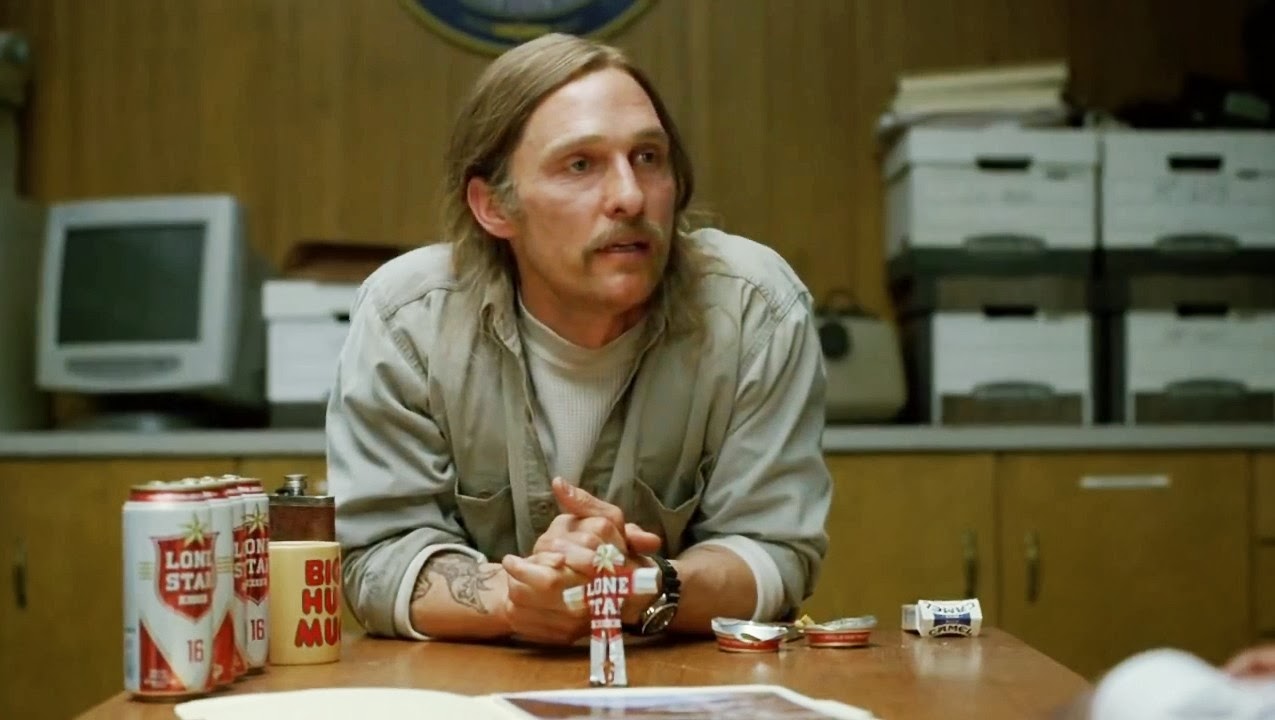We’re always told that it’s not the destination that counts, it’s the journey. Whilst we may scoff at this knowing phrase, sighing in disbelief as we spot yet another coffee mug emblazoned with its self satisfied claim, there is actually a huge chunk of truth we can take from it. That’s the problem with cliches: They’re there because, at some point, they were used non-ironically, as something meaningful. For the life of a public figure, this saying could not be more apt. We all follow the rises and troughs of our favourite stars, inwardly triumphing when they hit a bump in the road. But sometimes, we are genuinely happy when the very opposite happens, when the star that we love to hate proves us all completely wrong and knocks our presumptions out of the park. Just look at Adam Sandler in Punch Drunk Love. Or Colin Firth post-Love Actually.
The problem is that, once a star has proved us all wrong once, they very rarely continue on the winning streak they have so triumphantly created for themselves. Pretty soon, after a couple of gos, they return to more familiar fare and we, too, return to our groaning and moaning. Once in a while, though, someone comes along and proves us all wrong, again and again. They break out of their self-imposed rut and start making really, really good performances. When this happens, we all go a little nuts. When an actor reminds us of how good he or she actually is, we walk around in a daze, confusedly murmuring their name and nodding in unison. We become hooked and it seems that there is virtually no wrong the person can do.
For the past few years, we have been in the midst of one of the brightest changes in an actor’s career. Every film and every performance have been a home run. The McConaissance. The universally lauded comeback of Matthew McConaughey’s career has been followed by,well, everyone. With McConaughey’s recent performance in Christopher Nolan’s Interstellar pretty much locking his respected actor status down, it’s clear that the man who was once so sickly to us can no longer be scrutinised for his career choices. Before the inevitable award nominations come flooding in, let’s take a trip down memory lane, to the good old days when Matthew McConaughey was not responsible for renaming an entire cultural era.
The Early Years
Before McConaughey hit the big time, he had a penchant for indie films. In his breakout role for Richard Linklater’s slacker film Dazed and Confused, McConaughey played a down and out teenager, living out the fading glory of his high school years with the next generation of local teens. In the film, he is a revelation: Irritating, cocky to the point of arrogance and barely concealing a deep rooted sense of failure, his performance is perfectly judged and truly transformative. Following Dazed and Confused were a few minor and essentially forgettable performances and it wasn’t until A Time to Kill that McConaughey really reminded us of what he could do.
McConaughey played a lawyer, hired to represent a father who is facing trial for the murder of two young men who raped his daughter. Taking the reigns in the film, he once again showed us the big guns and the performances of which he is capable. Entirely removed from his slacker role in Dazed and Confused, McConaughey’s lawyer was slick, persuasive and a force to reckoned with.
The RomCom Years
More affectionately known as ‘The Leaning Years’, the early 200s were the time in which we all learned to loathe the name Matthew McConaughey. Single handedly responsible (or so it seemed, anyway) for sparking a trend for the ‘leaning’ movie poster, in which he would cheekily rest against his female co-star, these years should really be blotted from the leger of time. It all started with The Wedding Planner. Playing a bespectacled yet dashingly handsome doctor, McConaughey first made the mould for his adorable Southern man performance which he donned time and again over the next few years. It’s not that the performances are bad but rather, that they’re all the same. It’s as if McConaughey got Hugh Grant’s memo and just ran with it. Moving from Sahara to Fool’s Gold to Failure to Launch and finally reaching an awful climax in 2009 with Ghosts of Girlfriends Past, McConaughey seemed on a dreadful streak. As his characters became increasingly unlikeable, it was almost as if McConaughey was in on the joke, poking fun at the ridiculous characterisations. Almost, but not quite.
The Comeback Years
2012 was really McConaughey’s year. Releasing Mud, Bernie, Killer Joe and The Paperboy all within the space of twelve months, the leaning actor of yesteryear seemed well and truly gone. Moving from character arc to character arc as if he were addicted to them, the nuances in his performances over this time were truly a force to be reckoned with. And from this point, McConaughey has not stopped. When an actor loses weight for a role, you know they’re in in for the long haul. And there have been few transformations as dramatic as McConaughey’s for Dallas Buyers Club. Depicting the HIV sufferer Ron Woodroof, McConaughey went from detestable to heroic within the space of a few hours. Beneath the shaggy hair and haggard complexion, he was barely visible. And that truly is the sign of a seasoned performer.
There have been whispers, though, that McConaughey might be balancing on a precipice. Following his much-imitated performance in the nihilistically bleak True Detective, he has recently starred in a somewhat incomprehensible car ad, featuring an bull. The mock-pretensions of the advert could suggest that McConaughey is starting to take himself a little bit too seriously. Let’s hope not. If he were to repeat the leaning years in a nihilistic tone, things could start to go somewhat downhill. And no one wants that to happen, least of all this writer.

